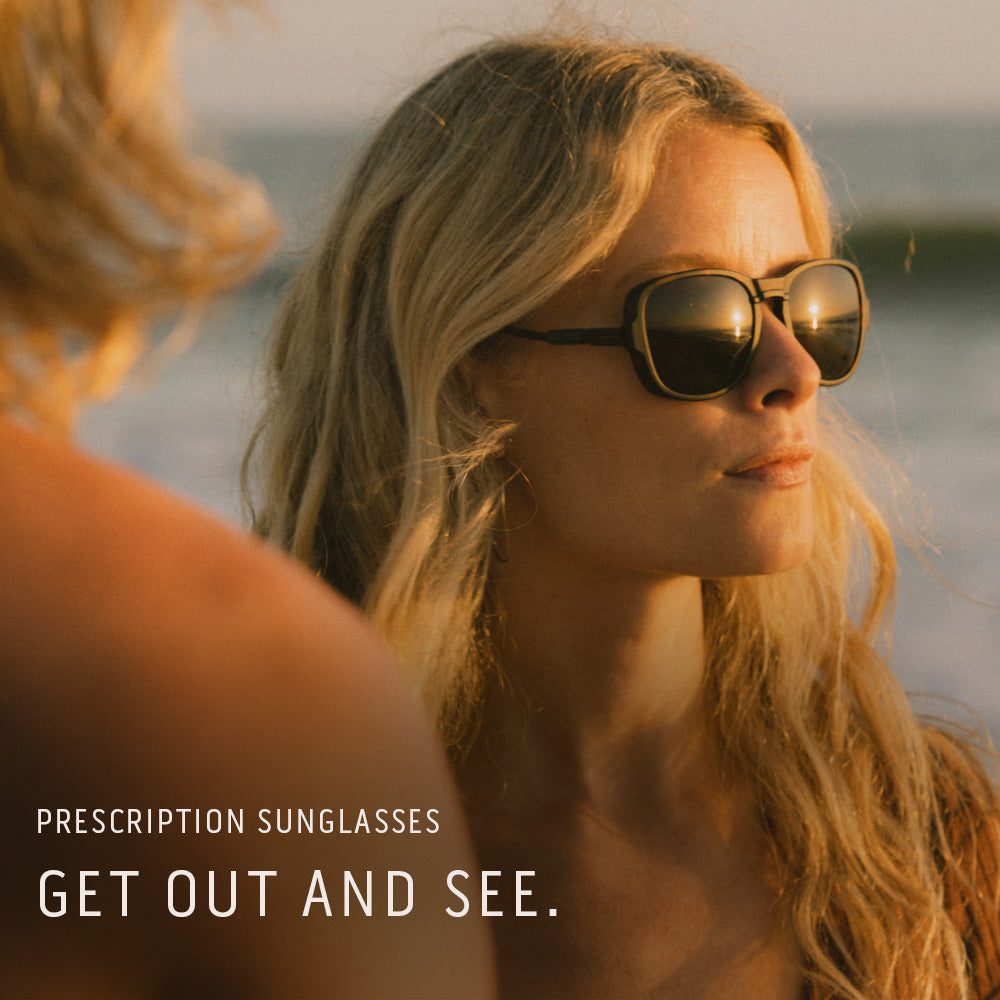Menu
- EV READERS™
Reading Glasses, Reimagined
Mobile Menu
SHOP EV READERS BY BRAND
SHOP EYEGLASSES BY BRAND
SHOP SUNGLASSES BY BRAND
SHOP READING GLASSES BY BRAND

Reading
EXTENDED VISION™ READING GLASSES
Introducing EV Readers: Reading glasses tailor-made to your measurements and designed for the way you need to see.
SINGLE VISION READING GLASSES
Handmade frames in styles by Raen, STATE Optical and L&F paired with custom-made single vision reading lenses.
EXTENDED VISION™ READING GLASSES
Introducing EV Readers: Reading glasses tailor-made to your measurements and designed for the way you need to see.
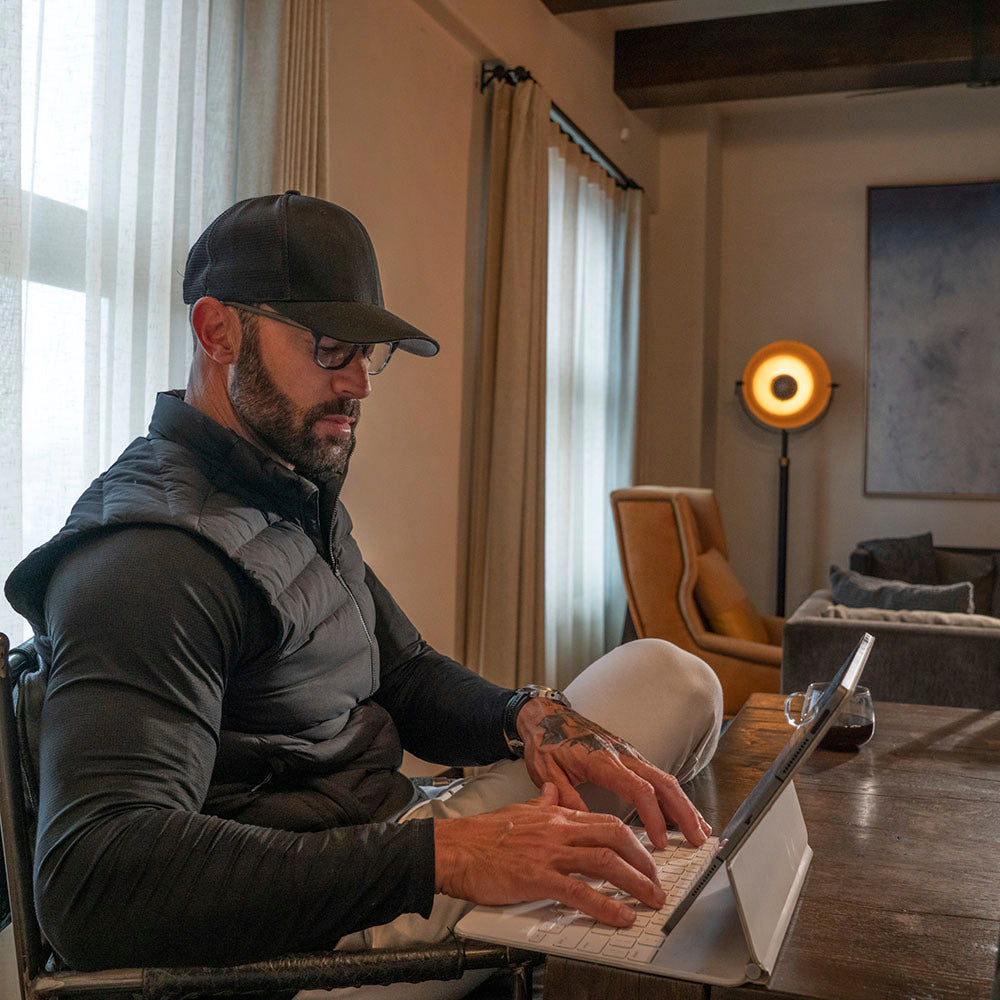
SINGLE VISION READING GLASSES
Handmade frames in styles by Raen, STATE Optical and L&F paired with custom-made single vision reading lenses.
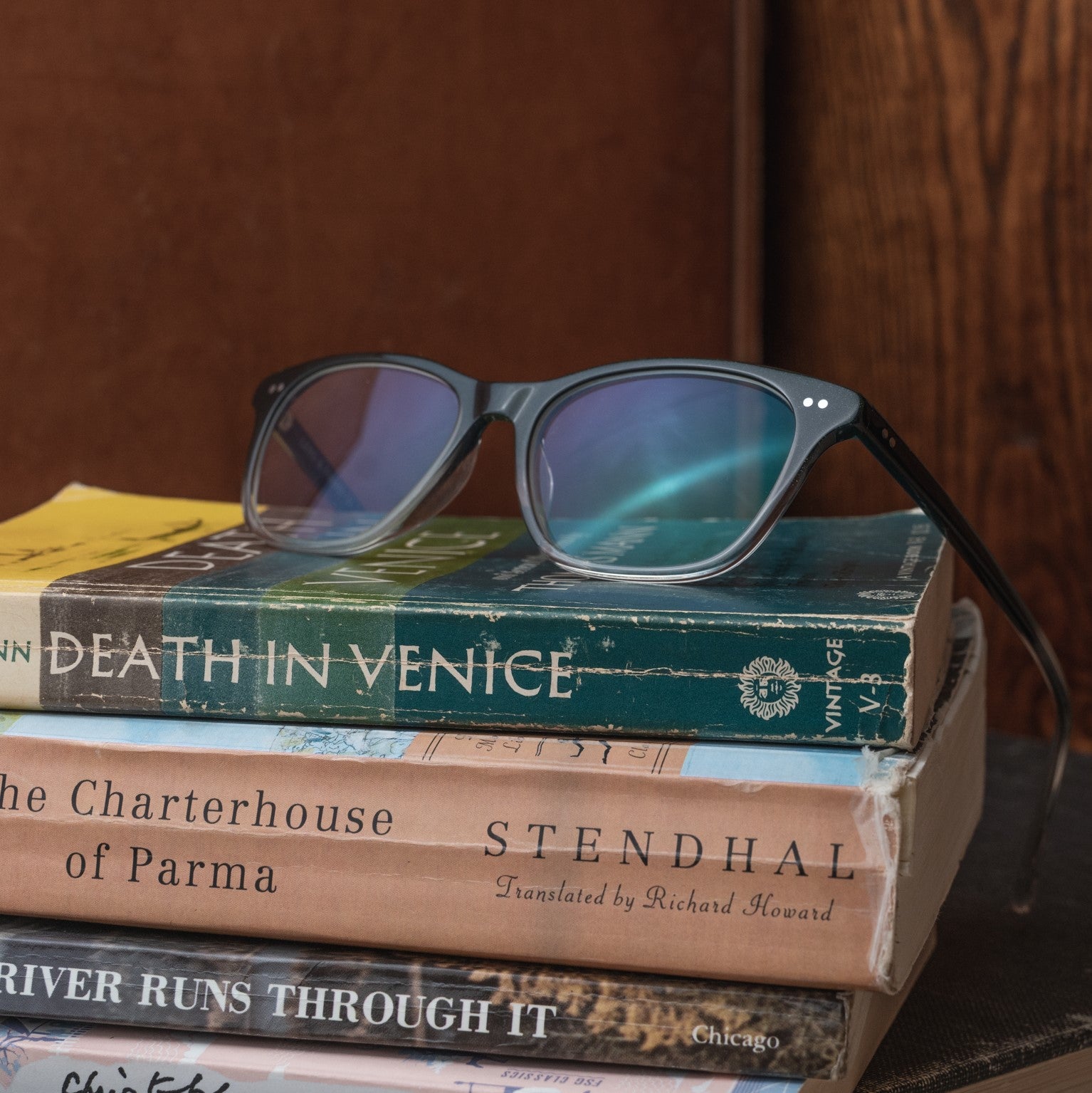
Prescription
LENSES
Now you can get custom-made lenses with premium coatings mounted into your own favorite frames. Enjoy a better reading glass experience with our collection of Extended Vision™ Reading Lenses. Or give your favorite prescription glasses a second life with our premium Rx Replacement Lenses.
Now you can get custom-made lenses with premium coatings mounted into your own favorite frames. Enjoy a better reading glass experience with our collection of Extended Vision™ Reading Lenses. Or give your favorite prescription glasses a second life with our premium Rx Replacement Lenses.
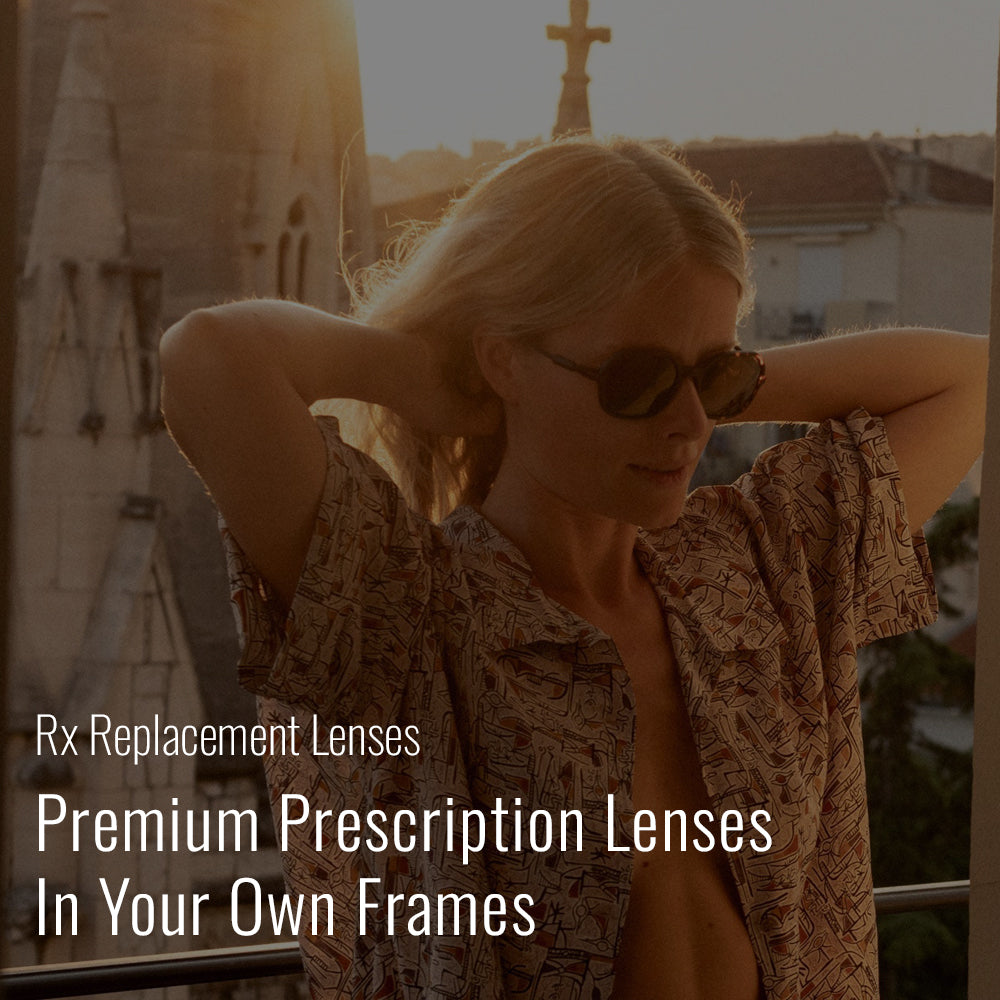
SHOP REPLACEMENT LENSES

SHOP OMBRAZ LENSES
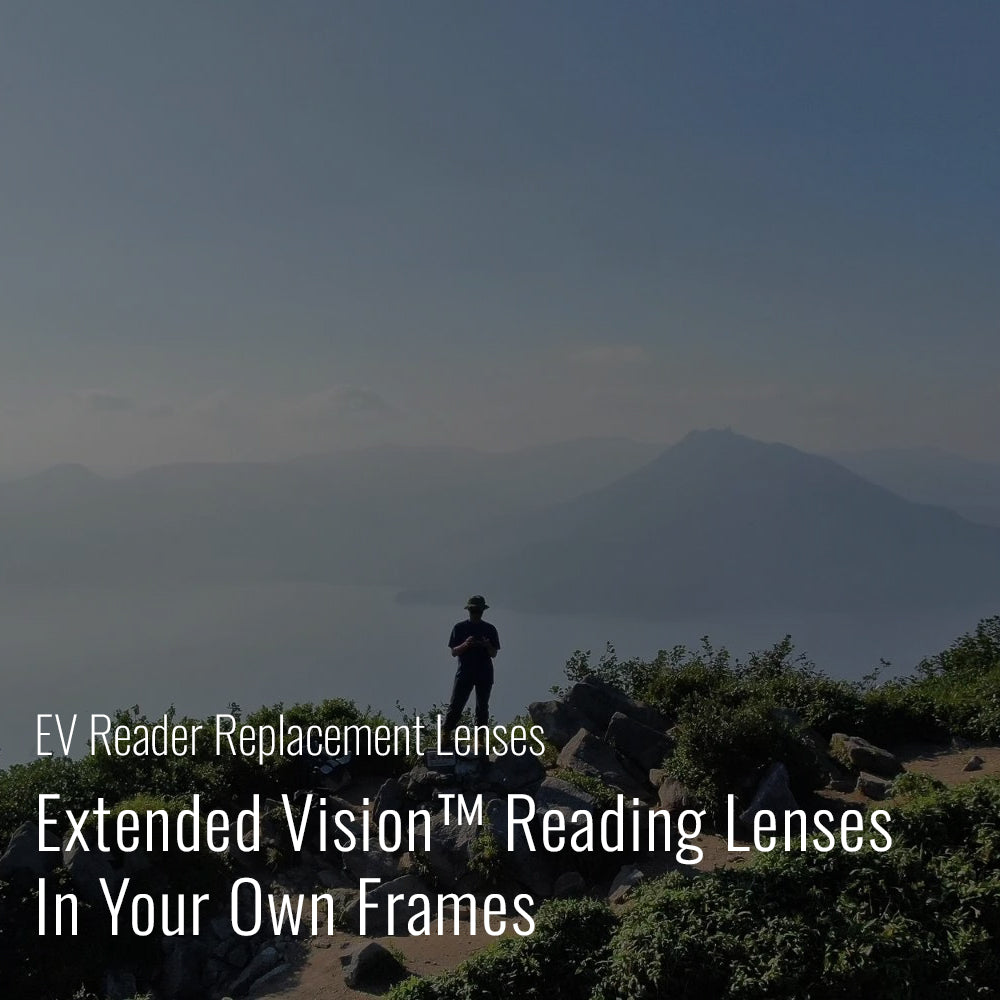
SHOP EXTENDED VISION™ READING LENSES

Having Trouble Adapting to Progressive Lenses?
Progressive lenses (also known as "no-line bifocals") are an amazing multi-focal invention that literally has different zones in the lens to help your eyes to see clearly into the far distance, up close to read your phone or tablet, and a transitional zone in the middle of the lens that allows you to focus on anything in between. And unlike your grandfather's bifocals which had a distinct line across the lens showing the world that he needed magnification to focus up close, progressive lenses don't have any visible lines - in fact, they look just like any other lens so nobody needs to know.
Curious if you need multi-focal Rx Progressive lenses? Click this link to our article explaining how to read the vision numbers in your eyeglasses prescription.
Unfortunately, not everyone adapts easily to wearing a lens that has several different regions designed to help you focus at several different distances. It can be quite disorienting, even downright dizzying, to look down through a pair of progressive lenses for the first time while navigating stairs and feel like the floor appears closer than it really is!
To help any first-time progressive lens wearer to adapt, we think it's important to understand the physical geography of your new progressive lenses. First, let's address the different vision zones that are located in a vertical column (sometimes referred to as a "corridor"). This will help explain why progressive lens wearers may slightly tilt their heads down when looking at something in the distance, or may slightly tilt their heads up when reading a menu in a restaurant or glancing at their phone. In order to see clearly at different distances, you need to be able to see through the right part of the lens (top, middle or bottom):
* TOP part of the lens is designed for clear vision into the FAR distance: (defined as anything located beyond ~6 feet from your eyes).
* MIDDLE part of the lens is where the lens helps you transition clearly from your far distance to MIDDLE distance (anything within about 2 to 6 feet from your eyes).
* BOTTOM part of the lens progressively adds magnification so you can easily focus up CLOSE to see your phone or read a book (anything within about 2 feet from your eyes).
Next, let's consider what's going on horizontally in progressive lenses. In particularly, what happens to your vision when your eyes pan side-to-side across your lenses. The eyeglass industry likes to use an illustration of a lens with an hourglass shape drawn on it:
* It shows a WIDE vision zone that stretches across the entire TOP of the lens (this is your FAR distance vision zone that allows you to see clearly across the top of the lens).
* Then the hourglass NARROWS in the middle of the lens (this is the "corridor") where the lens is engineered to help your eyes transition to see clearly in your MIDDLE distance zone. There is a "sweet spot" where your vision is very clear and comfortable in the center column of the vertical "corridor"; but if your eyes stray to either side of this center "sweet spot" your vision will become less clear. This is why progressive lens wearers sometimes rotate their heads a little to the right or a little to the left when viewing objects within about 5 to 6 feet - the slight head rotations help their eyes to locate the "sweet spot" and fine-tune their Middle distance and Near vision.
* And the hourglass opens up WIDE again at the bottom (this is your NEAR vision zone where the added magnification helps your eyes to focus clearly on objects that are close to you).
Have a question about the adapting to your progressive lenses? Click this link to send us a question. We're quick to respond and we're happy to help in any way we can.
There are many different progressive lens designs available for us to choose from in order to optimize your visual experience. Some are designed to make it easier to see into the distance, others make it easier to see up close. For example, one of our most useful specialty lens designs is our Extended Vision Reading Glasses - available in 3 different focal ranges specifically designed for different uses: our EV6 has a focal range of about 6 feet which is ideal for working at your computer; the EV20 extends your clear view around the room or office (up to about 20 feet); and the EVinfinity is your ultimate outdoor companion with no power correction on top of the lens so you can see into the distance while still being able to glance down and read your phone!
We'd love to help identify the best possible progressive lens design for you. Feel free to reach out if you have any questions about progressive lenses - or if you are curious which lens design might be best for you. We'd love to help in any way we can.
Also in Eyewear Explainers

How to Choose the Right Extended Vision Reader
If you’ve ever wondered why your reading glasses work great for your phone but fall apart when you look at your computer screen—or why your progressives feel awkward at your desk—you’re not alone. As our days bounce between screens, documents, and the spaces around us, one pair of “reading glasses” isn’t always enough.

A Different Way To Reader
Disappointed with cheap reading glasses that can't focus clearly between your phone and your computer screen? Expect more from your reading glasses when you step up to Extended Vision readers by Lens & Frame Co. with lenses that are custom-made to your measurements using the same lens designs and multi-layer anti-reflection coatings as top-shelf Rx Computer Progressives.

What are progressive glasses, who needs them and how do they help people see more clearly
Save 15% today
Join the L&F Insider mailing list and get 15% off your order.*
* Valid for orders over $100
Let the savings begin!
LANDF-XXXXXX
Use CodeClick the button above to automatically apply your discount code to your order.







